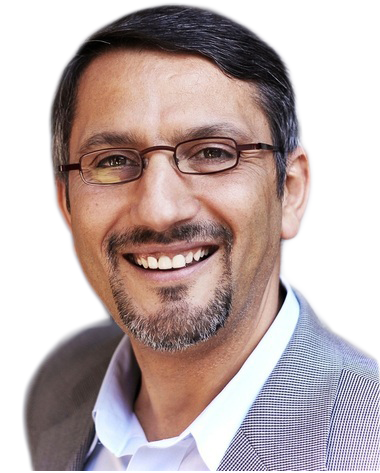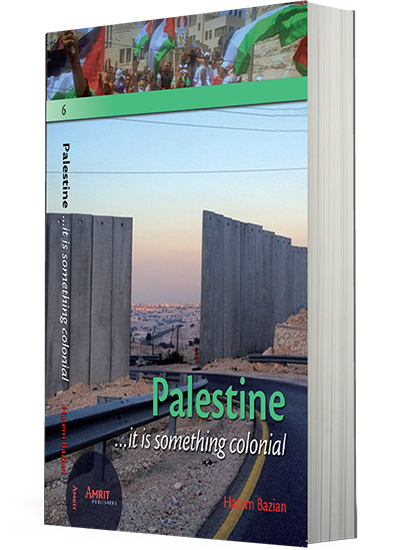The Aug. 10, 2010 Time Magazine cover posed the question to the readers, “Is America Islamophobic?” set in bold letters in the middle right above an American flag filled Islamic crescent and a star. The occasion for the cover was the impending 2010 mid-term elections and the national firestorm generated by the proposed Park51 Islamic culture center, a project Pamela Geller, the leader of the Stop the Islamization of America group, dubbed “Ground Zero Mosque,” calling for its cancellation.
The upcoming 2016 elections is promising to be as intense and filled with Islamophobia as the 2010 contest. In the past few months, America has experienced a dramatic shift in attitudes toward American Muslims on the one hand and Islam in general. Today, Muslims in the U.S., parts of Europe and around the world have been transformed into a demonized and feared global other subjected to legal, social and political discrimination.
Islamophobia is center stage with Trump and Republican candidates out dueling each other on who is more bigoted toward Muslims and immigrants.
Islamophobia has become a structural organizing otherization principle that sets at the present crossroads employed to rationalize and extend the dominant global war on terrorism while embarking on a project for silencing any counter or critical assessment of the resources deployed for the open-ended war. How should we approach Islamophobia and can we think of it within the field of post-colonial studies? What are the relations between present day Islamophobia and well-documented race and gender discourses? Should Islamophobia be studied as the new manifestation of old patterns of racial and gender formations or can we think of alternative models due to the specificity of the subject matter and the added religious dimension? What new or modified theoretical framework is to be employed? Are the existing academic fields with the current methodologies able to de-construct Islamophobia or do we need adjustment and if it is needed then what, where and how?
Islamophobia should be approached with an eye on how the debates are centered on immigration, citizenship and the meaning of being American or European. Islamophobia makes it possible to argue being Christian and white are equal to being an American or European. However, underneath the basic attitude toward othering Islam and Muslims is a deeper rejection and constant resistance of racial, ethnic and religious diversity and inclusion in America and Europe. What we find is the collapsing of all immigrants into being a threat under the threatening rubric of Islam, thus nullifying racial, ethnic and cultural differences. To be an American is not confined to being both a Christian and white, thus African-American Christians for a long time were excluded from being full Americans while included in the religious community. Likewise, gender dynamics is filtered through Islamophobia as Muslim women represent the despised and rejected feminine other deemed a threat to “Western civilization” or the notion of secular American feminine identity. The hijab (the headscarf worn by Muslim women) more than anything is Islam’s visible other representing the alteration of the public space in America and Europe today.
Increasingly in the U.S. Islamophobia is constructed around security and a clash of civilization lens that orients the debate toward bigotry and animosity toward Muslims. In the most recent past the political right-wing has deployed the theme in such a way to attack immigrants from Mexico and Latin America and at the same time managing to turn back the clock on 50 years of civil rights progress. The meaning of being American is cast in the historically constructed “whiteness,” distinctively Christian and supporting the global military project. Islamophobia is a tool for furthering the right-wing cultural war. Likewise, the left utilizes Islamophobia by seeking ideological affirmation through championing the cause of the oppressed and weak Muslim women. The discourse on Islamophobia is center stage in daily life and is manifested in political circles as well as in media production, popular films, TV programming and a limitless line of books, novels, comics and computer games.
In all of the above cases and areas, the central and most dominant hostility toward Islam and Muslims finds its articulation and sets-up a battleground on the back and bodies of women. The role of Muslim women is a central mobilizing and rationalizing tool for the structural process of othering Islam and Muslims. The clash of civilizations advocates from across the political spectrum find affinity and unity in constructing an image of an oppressed and passive Muslim women dominated and violated by a violent, barbaric and uncivilized Muslim male, which if left unchallenged would lead to grave consequences for our own society. While violence and structural discrimination against women is a global reality, nevertheless we must recognize the mobilization of constructed Orientalist paradigm in service of power and in reality directed at maintaining global male power hierarchies.

